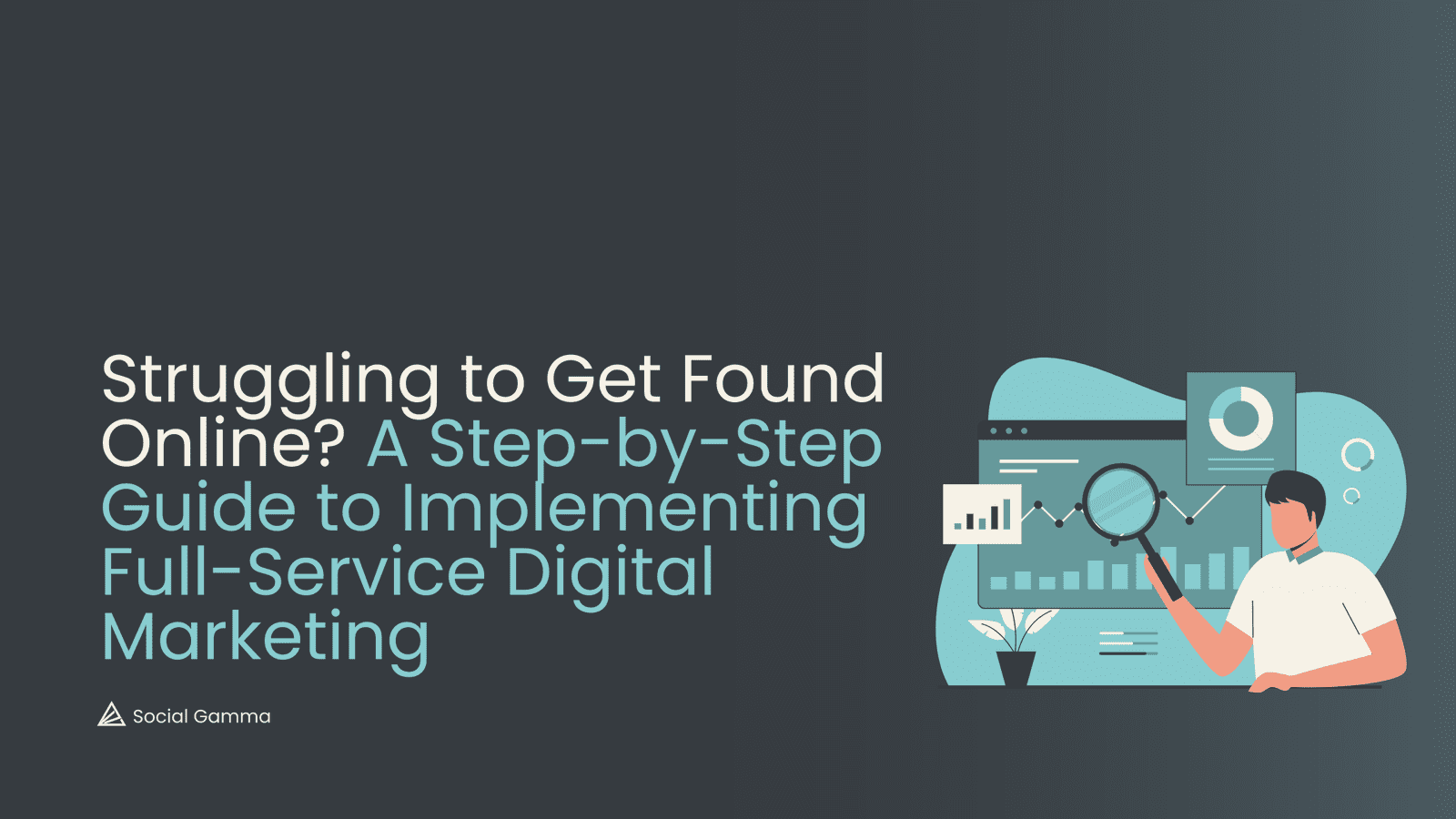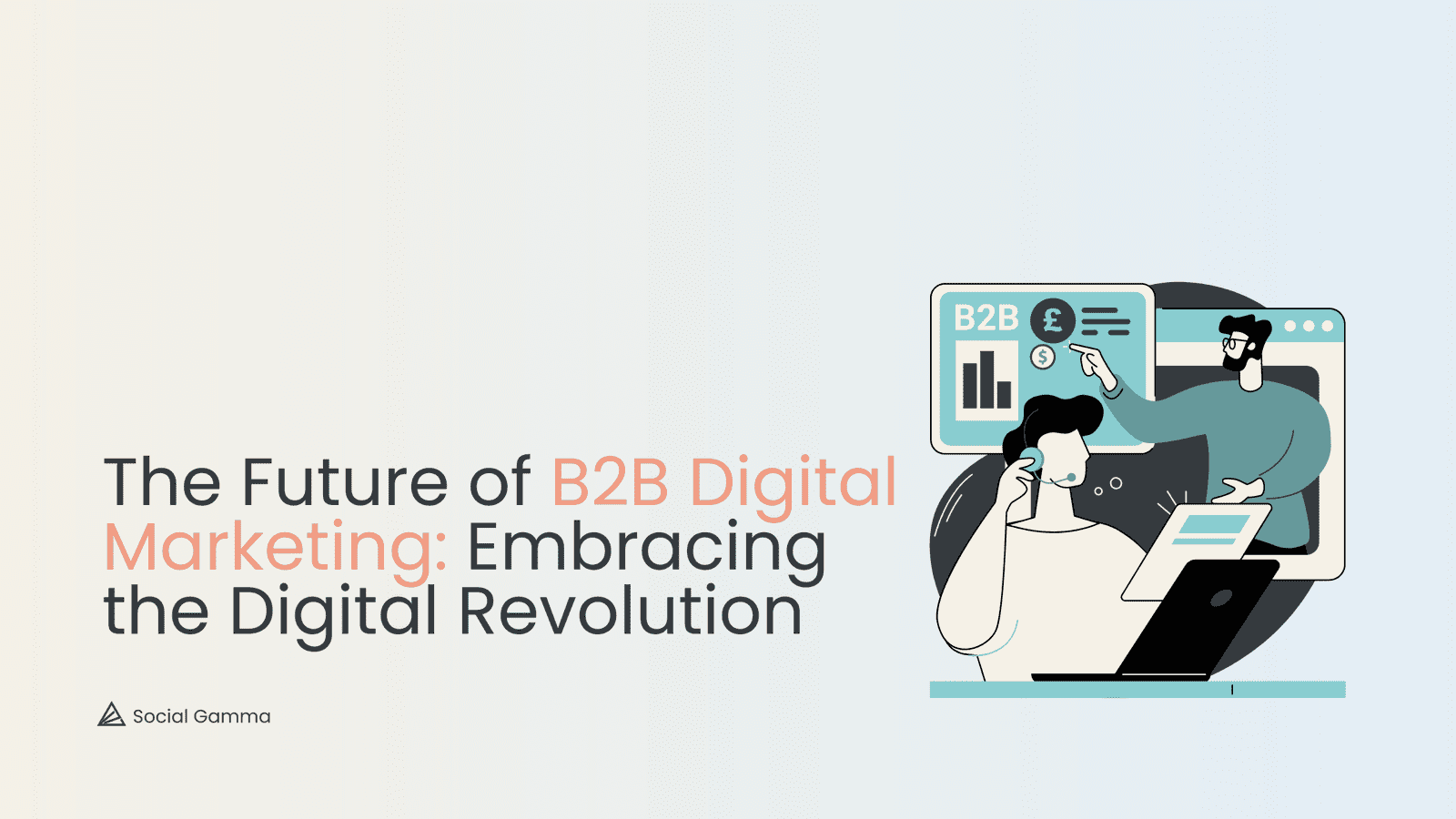In the past years, marketing and advertising your brand has become so diverse and has evolved from traditional techniques to digitally focused strategies that increase your opportunities for reaching your target audience to sell your product. One of the most talked about terms in digital marketing is Search Engine Optimization (SEO) and Search Engine Marketing (SEM), they both represent ways of increasing your brand’s presence online and driving traffic to your website. Often when talking about these terms they are intertwined but there is still a big difference between the two and most of the times can be quite confusing so keep reading to find out what these terms are, the differences between them, pros and cons and how to choose the best option for your brand.
Search Engine Optimization
SEO essentially refers to increasing the number of website visitors by getting the site to appear high on the results returned by a search engine. The main characteristic of SEO is that it is made up of on page and off page activities. Some examples of on page activities are: using selective keywords naturally into tags, optimized page load speed and social sharing integration as for off-page activities they include social sharing and social bookmarking.
Pros
- Brand Awareness. By using SEO if you are at the start of your business or even looking to increase your traffic you have the opportunity of raising brand awareness at low zero costs. You can do this by using as mentioned target keywords, words that your target audience search for when looking for a product on Google. By integrating these keywords in your marketing strategy, you raise the chances of being featured higher on the results page thus raising brand awareness and credibility towards your target audience.
- Lower costs. One of the main advantages, as well as differences between SEO and SEM, is cost related. Using SEO does not require high costs just a lot of work and time, it is usually known as organic growth, you let your company grow virtually step by step and create a journey for your target audience.
- Broader reach. SEO offers beside targeting your brand’s audience, reaching out to potential customers by using the keywords driving them towards your site/product. An example of how you can do this is having a blog, in which you incorporate keywords naturally in the content so once a potential customer uses the search engine your blog post appears which then directly redirects them to your product.
Cons
- One of the cons of using SEO as a marketing strategy is that it shows results on a long time and it requires planning at least for six months in which you constantly work on growing the redirection from the search engine to your own website.
- It is a highly competitive strategy because a lot of brands/ companies use the same technique and, in a world, where there are three, four products that are similar and each aiming to sell it can be hard to stand out that is why it is essential to have a clear marketing strategy.
Search Engine Marketing
SEM is internet marketing that increases a site’s visibility through organic search results and advertising. Its main characteristic is that it uses paid searches such as pay-per-click and advertisements.
Pros
- Reaches the top. With SEM the advantage your website/ product reaches the top of the result page in search engines. For example, on google, they are the first to appear after a user searches keywords that relate to your product.
- When using SEM if you have more control on how you want and where you want your product to appear in the result of the search engine which offers an advantage because you know that you’re definitely going to increase the traffic on your website.
- Display laser target ads. While both concentrate on keywords, with SEM you have the possibility of being more accurate how to reach your target audience. You can use location, time of day, language and devices used if applied right this can lead to a very good return on investment.
Cons
- High Costs. Using SEM can be quite expensive and it as may seem like the path to success it sometimes can turn out differently, so it is very important to know your brand and its needs.
- Continual investment. With SEM for obtaining results, it is essential to invest constantly in your ads or PPC which means that your brand must be ready for an investment in the long run.
SEO or SEM?
Overall, even though both approaches are intertwined they are quite different and both have their advantages and disadvantages. When thinking about what option to choose for your brand it is important to know your brand very well, think about the size the budget that you dispose of and how new or established you are in your niche. The most important thing is to know your target audience very well that way either of the methods will work very good for you, remember keywords are essential in both methods.
For example if you are a starting brand it is better to start with SEO for a period of time until you manage to establish food traffic redirection after being sure that you are using the right method and your product stands out in the niche you can then gradually move to SEM and start with lower investments in PPC and ads.
Hopefully, this will elucidate some of the mystery that surrounds these digital terms and as well as choosing the right method for your brand.

